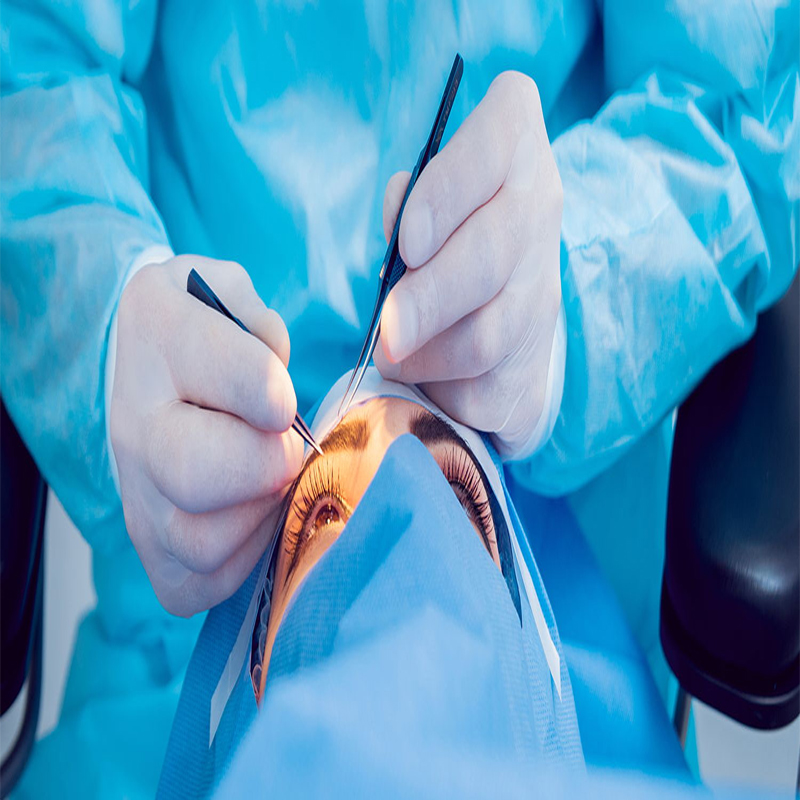Narang Eye care & laser Center
Lasik is commonly referred to as laser surgery for the correction of refractive error in the eye. It is a type of refractive surgery for the correction of myopia, hyperopia, and astigmatism.
LASIK is performed by an ophthalmologist using a laser which is used to reshape the cornea in order to improve the visual acuity . LASIK is nearly a painless procedure similar to other surgical corrective procedures such as photorefractive keratectomy (PRK), (also called ASA, Advanced Surface Ablation) which were used previously.

WAVEFRONT GUIDED LASIK
Wavefront LASIK or wavefront-guided LASIK, uses 3-dimensional measurements of how your eye processes images to guide the laser in re-shaping the cornea. With a wavefront measurement system, some extremely precise, individualized vision correction outcomes may be achieved that would be impossible with traditional Lasik surgery, contact lenses or eyeglasses. With custom LASIK, your eye's ability to focus light rays is measured, and a 3-D map used in wavefront technology is created that demonstrates irregularities in the way your eye processes images. Information contained in the map guides the laser in customizing the treatment to reshape your eye's corneal surface so that these irregularities can be corrected. Wavefront-guided Lasik is a variation of Lasik Surgery in which, rather than applying a simple correction of focusing power to the cornea (as in traditional LASIK), an ophthalmologist applies a spatially varying correction, guiding the computer-controlled Excimer laser with measurements from a wavefront sensor.